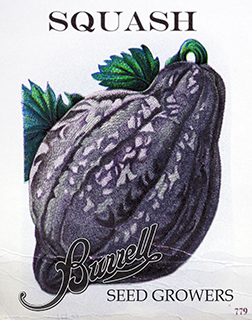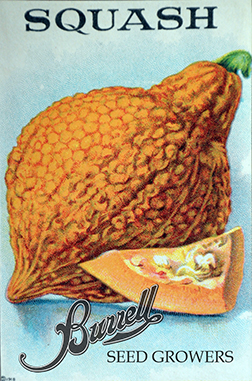Growing Summer and Winter Squash.
The abundance and array of flavors in the squash family make it a mainstay in many gardens. Convinced that folks who turn up their noses at zucchini have never had it prepared properly, I will serve it repeatedly in an effort to convert. Once such friend now loves it. Summer squash and zucchini are enjoying a renewed popularity as a low carb, gluten free alternative to pasta. Spaghetti squash works nicely in a wheat free diet as well. Summer squashes are plentiful providers; therefore numerous recipes are required.
Zucchini fritters, pan fried yellow squash slices, grilled zucchini and shredded zucchini in scrambled eggs with Romano cheese are just a few of the hundreds of dishes to be made. Zucchini stew with chunks of onion, tomato and Italian sausage freezes beautifully in pint sized mason jars. Spicy summer squash and corn chowder does too.
Winter squash dishes can be so much more than a baked half with butter. Peel and sauté thin slices in coconut oil. Puree butternut squash with carrots, cream and a bit of fresh rosemary for a gorgeous soup. Add chunks of large green Tatume to stews and soups. Bake a spicy meatloaf mix in a spaghetti squash halves and serve thick slices with marinara. Winter squash require no preparation to store in a root cellar, making them a thrifty part of your winter larder.
All squashes are warm weather crops, but bush varieties will work well at altitude or in cool climates. For these short season areas, starting seeds indoors will give you a head start, however direct seeding works better. After all danger of frost has passed, sow our heirloom squash seeds 1″ to 2″ deep with plenty of room to grow. Bush varieties like zucchini, crookneck and Bush table Queen acorn squash requires 3′ between plants in rows 4′ to 5′ wide. Vining squash plants like butternut, buttercup, Tatume and spaghetti squash should be planted 3′ to 4′ apart in rows 6′ apart. Hubbard and Pink Banana squash should be in rows 9′ apart. Squash plants are heavy feeders and require regular watering. All are susceptible to cucumber and squash beetles. Look closely for the first few to arrive, turning leaves over to inspect for eggs. An organic pyrethrum or neem oil mix sprayed at the first signs will help. Nasturtiums planted in between will repel some of these pests.
Good companion crops are corn, eggplant, marigolds, nasturtiums, beans and strawberries. Potatoes are a bad companion crop.
-

Squash Summer – Starship Scallop Green
$5.30 – $57.40 -
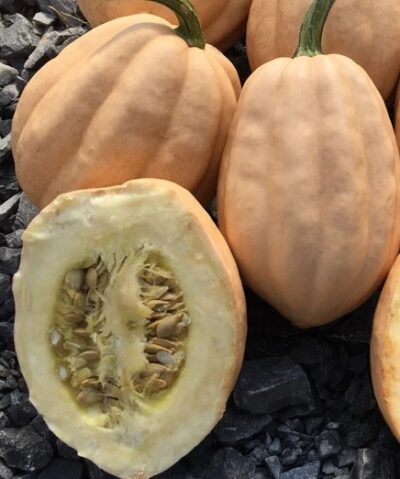
Squash Winter – Baked Potato Acorn F1
$3.00 – $50.50 -

Squash Winter – Taybelle PM Acorn F1 – Treated Seed
$3.50 – $71.00 -

Squash Winter – Small Wonder Mini Spaghetti F1
$6.90 – $111.10 -

Squash Winter – Waltham Butternut
$2.60 – $25.60 -
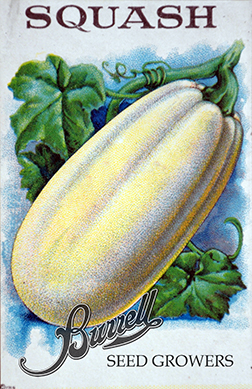
Squash Winter – Vegetable Spaghetti Improved
$2.60 – $27.40 -
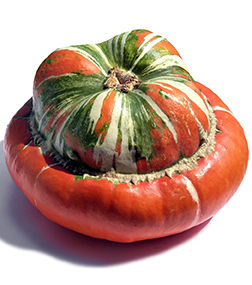
Squash Winter – Turk’s Turban
$2.60 – $67.40 -
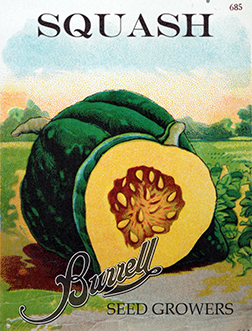
Squash Winter – Table Queen Acorn
$2.60 – $21.90 -
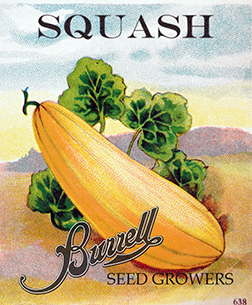
Squash Winter – Pink Banana Jumbo
$2.60 – $29.20 -

Squash Winter – Cushaw Green Stripe
$2.60 – $26.50 -

Squash Winter – Delicata
$2.60 – $54.70 -
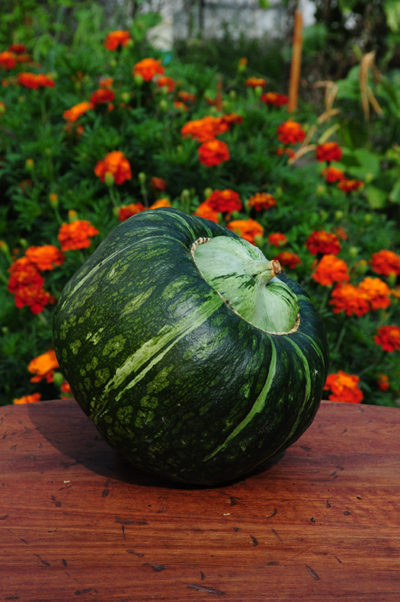
Squash Winter – Buttercup
$2.60 – $31.00 -
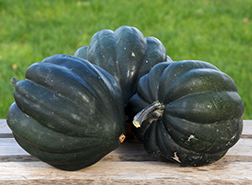
Squash Winter – Bush Table Queen
$2.60 – $31.00 -

Squash Summer – Spineless Beauty
$7.80 – $140.30 -

Squash Summer – Spineless Supreme
$7.80 – $140.30 -

Squash Summer – Enterprise
$5.70 – $71.60 -

Squash Summer – Tatume Calabacia
$2.60 – $21.90 -
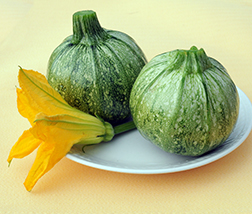
Squash Zucchini – Round
$2.60 – $20.10 -

Squash Zucchini – Grey
$2.60 – $20.10 -
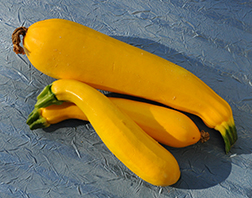
Squash Zucchini – Golden
$2.60 – $44.10 -
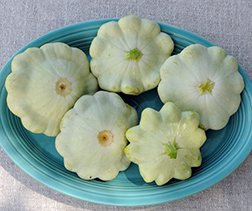
Squash Summer – Early White Bush Scallop
$2.60 – $21.90 -

Squash Summer – Early Prolific Straightneck
$2.60 – $21.10 -
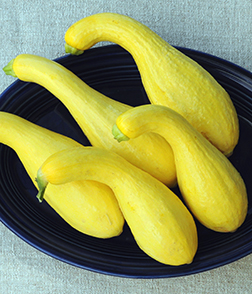
Squash Summer – Dwarf Summer Crookneck
$2.60 – $21.10 -
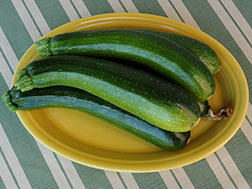
Squash Zucchini – Black Beauty
$2.60 – $21.10 -
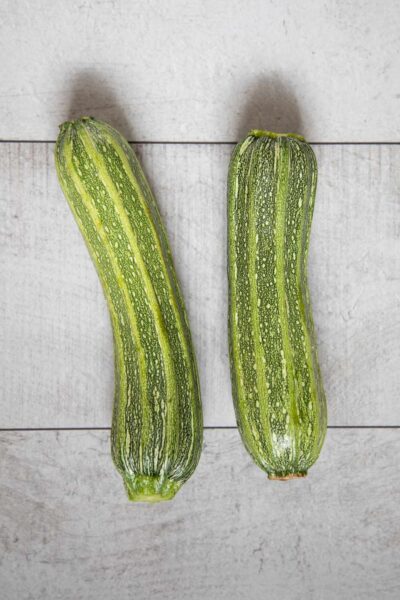
Squash Zucchini – Costata Romanesco
$2.60 – $40.10
-

Squash Summer – Starship Scallop Green
$5.30 – $57.40 -

Squash Winter – Baked Potato Acorn F1
$3.00 – $50.50 -

Squash Winter – Taybelle PM Acorn F1 – Treated Seed
$3.50 – $71.00 -

Squash Winter – Small Wonder Mini Spaghetti F1
$6.90 – $111.10 -

Squash Winter – Waltham Butternut
$2.60 – $25.60 -

Squash Winter – Vegetable Spaghetti Improved
$2.60 – $27.40 -

Squash Winter – Turk’s Turban
$2.60 – $67.40 -

Squash Winter – Table Queen Acorn
$2.60 – $21.90 -

Squash Winter – Pink Banana Jumbo
$2.60 – $29.20 -

Squash Winter – Cushaw Green Stripe
$2.60 – $26.50 -

Squash Winter – Delicata
$2.60 – $54.70 -

Squash Winter – Buttercup
$2.60 – $31.00 -

Squash Winter – Bush Table Queen
$2.60 – $31.00 -

Squash Summer – Spineless Beauty
$7.80 – $140.30 -

Squash Summer – Spineless Supreme
$7.80 – $140.30 -

Squash Summer – Enterprise
$5.70 – $71.60 -

Squash Summer – Tatume Calabacia
$2.60 – $21.90 -

Squash Zucchini – Round
$2.60 – $20.10 -

Squash Zucchini – Grey
$2.60 – $20.10 -

Squash Zucchini – Golden
$2.60 – $44.10 -

Squash Summer – Early White Bush Scallop
$2.60 – $21.90 -

Squash Summer – Early Prolific Straightneck
$2.60 – $21.10 -

Squash Summer – Dwarf Summer Crookneck
$2.60 – $21.10 -

Squash Zucchini – Black Beauty
$2.60 – $21.10 -

Squash Zucchini – Costata Romanesco
$2.60 – $40.10
Growing Summer and Winter Squash.
The abundance and array of flavors in the squash family make it a mainstay in many gardens. Convinced that folks who turn up their noses at zucchini have never had it prepared properly, I will serve it repeatedly in an effort to convert. Once such friend now loves it. Summer squash and zucchini are enjoying a renewed popularity as a low carb, gluten free alternative to pasta. Spaghetti squash works nicely in a wheat free diet as well. Summer squashes are plentiful providers; therefore numerous recipes are required.
Zucchini fritters, pan fried yellow squash slices, grilled zucchini and shredded zucchini in scrambled eggs with Romano cheese are just a few of the hundreds of dishes to be made. Zucchini stew with chunks of onion, tomato and Italian sausage freezes beautifully in pint sized mason jars. Spicy summer squash and corn chowder does too.
Winter squash dishes can be so much more than a baked half with butter. Peel and sauté thin slices in coconut oil. Puree butternut squash with carrots, cream and a bit of fresh rosemary for a gorgeous soup. Add chunks of large green Tatume to stews and soups. Bake a spicy meatloaf mix in a spaghetti squash halves and serve thick slices with marinara. Winter squash require no preparation to store in a root cellar, making them a thrifty part of your winter larder.
All squashes are warm weather crops, but bush varieties will work well at altitude or in cool climates. For these short season areas, starting seeds indoors will give you a head start, however direct seeding works better. After all danger of frost has passed, sow our heirloom squash seeds 1″ to 2″ deep with plenty of room to grow. Bush varieties like zucchini, crookneck and Bush table Queen acorn squash requires 3′ between plants in rows 4′ to 5′ wide. Vining squash plants like butternut, buttercup, Tatume and spaghetti squash should be planted 3′ to 4′ apart in rows 6′ apart. Hubbard and Pink Banana squash should be in rows 9′ apart. Squash plants are heavy feeders and require regular watering. All are susceptible to cucumber and squash beetles. Look closely for the first few to arrive, turning leaves over to inspect for eggs. An organic pyrethrum or neem oil mix sprayed at the first signs will help. Nasturtiums planted in between will repel some of these pests.
Good companion crops are corn, eggplant, marigolds, nasturtiums, beans and strawberries. Potatoes are a bad companion crop.
